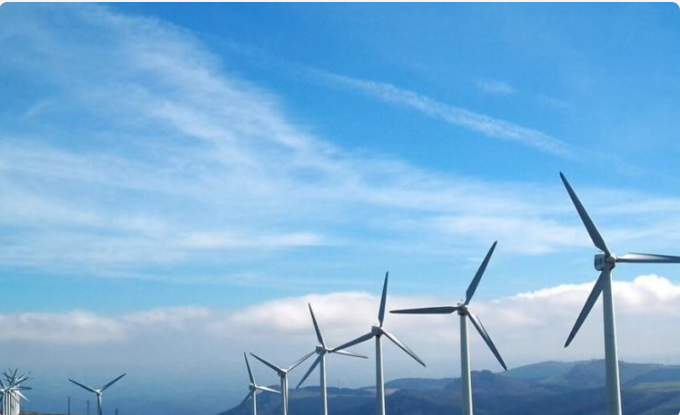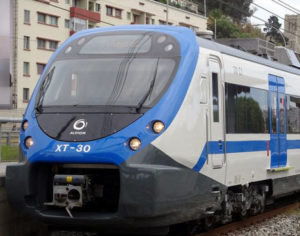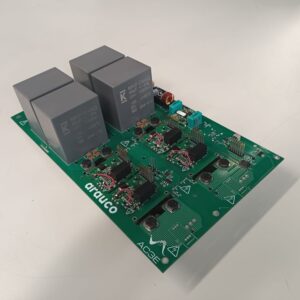Various actions are being taken at the national and international level to minimize the effects of climate change. One of them is the research and applications that are being developed with green hydrogen due to its high impact, mainly in decarbonization.
In this sense, and within the framework of the commemoration of World Environment Day, the academic from the Department of Electronics of the Universidad Técnica Federico Santa María and researcher from the Advanced Center for Electrical and Electronic Engineering, AC3E, Dr. Samir Kouro, commented that “at AC3E we are investigating systems capable of lowering the levelized cost of green hydrogen to make it more competitive and accelerate its penetration. We particularly work on power electronic circuits to make a more efficient coupling between renewable energy sources, such as solar and wind, to electrolyzers, which are the ones that produce hydrogen. We have reached efficiencies of over 99% conversion.”
In parallel, the researcher specified that “we are also working on how to make the electric current that is injected into the electrolyzer have no oscillations to extend its useful life, which is one of the challenges to lower its production costs. In this aspect we have just developed a circuit and its control capable of eliminating current oscillations completely.”
When asked about the advantages of green hydrogen and benefits for the environment, Dr. Samir Kouro explained that this element “emerges as a relevant alternative to decarbonize or lower the carbon footprint in various industrial processes and applications. Its advantage lies in that it can be used to produce electricity, and thus for example energize vehicles, buses and trucks.”
He added that it can also be used to produce liquid synthetic fuels, known as “e-fuels, which can be used in ships and airplanes, which are two sectors where electromobility based on batteries is not viable on a large scale.”
Electromobility
Likewise, the academic said that they are working on electromobility from various fronts. “There are researchers from the center working on the charging infrastructure for electric vehicles to reduce charging times and make it more efficient, as well as extend the life of the charger. Likewise, we are working on micro-electromobility or urban electromobility, which has to do with electric bicycles, scooters, and light vehicles, which not only help to decarbonize by being electric, but also to decongest large cities and reduce particulate matter and noise in large cities like Santiago. Finally, we are also working on maritime electromobility.”








